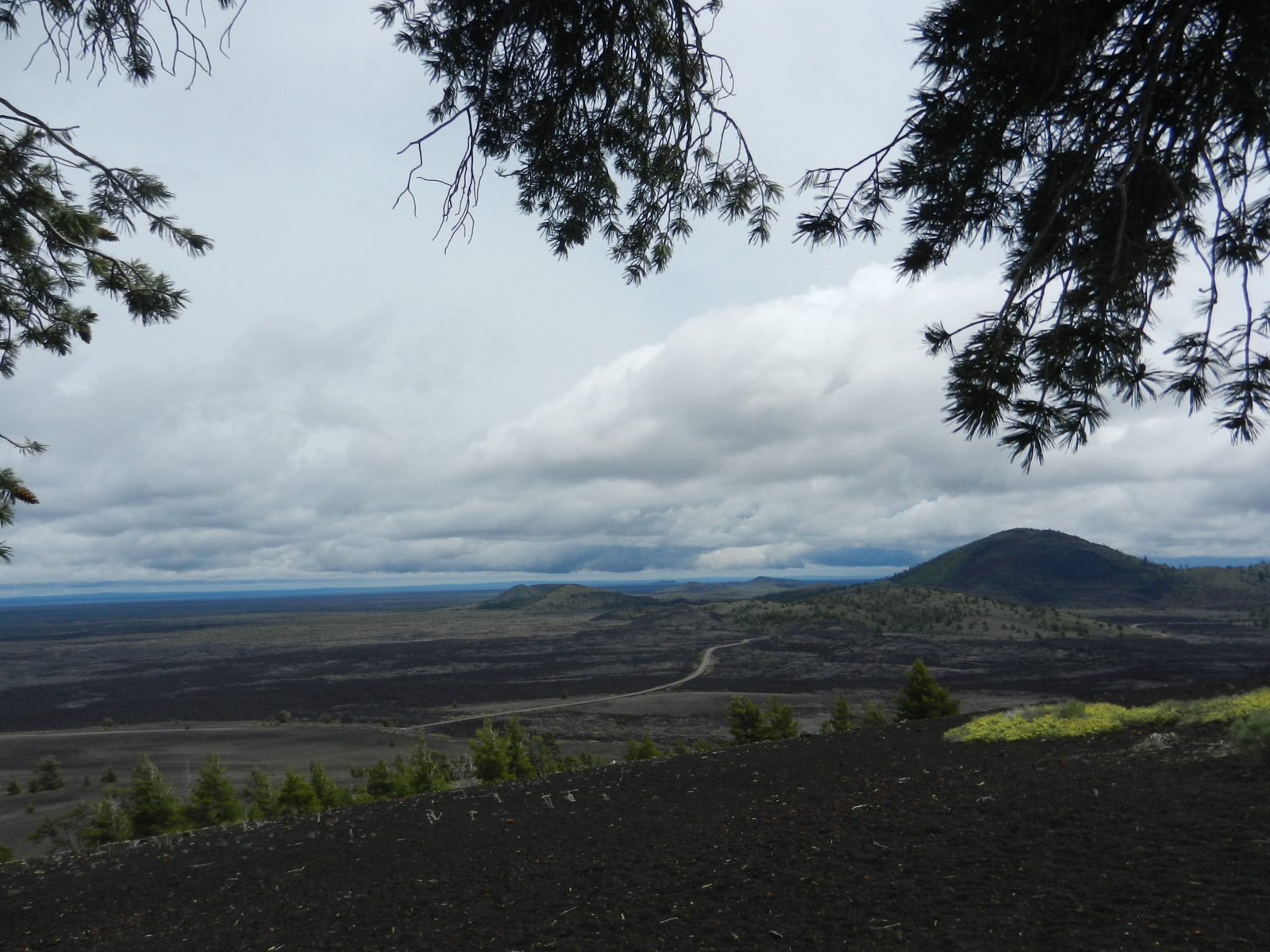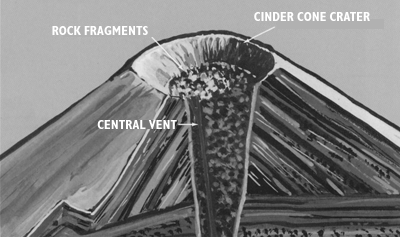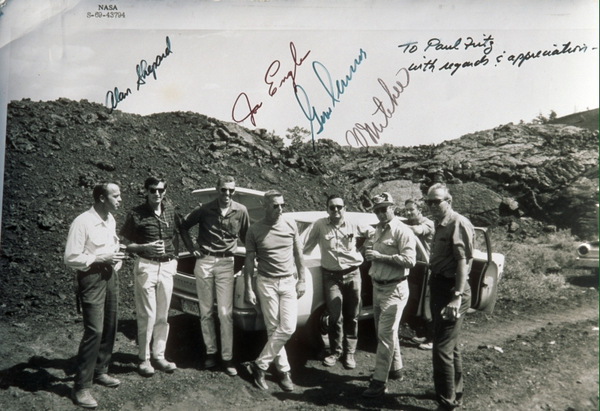Please be aware that this is an Earthcache, which requires you to answer the questions in the assignment mentioned in the cache description. Please send these answers via our profile on Geocaching.com. Feel free to contact us if you have questions regarding the assignment or any other comments to the cache.

Inferno Cone - a cinder cone
This earthcache requires you to take a short but steep hike to the top of Inferno Cone. The total distance to the cache coordinates and back to your car will ba about half a mile. This hike will reward you with a magnificent view to the surrounding volcanic landscape including a number of other cinder cones.
Please stay on the trail. Leave nothing but your footprints and take nothing but pictures.
Please note: The cache is within the Craters of the Moon National Monument & Preserve and visitors must pay an entrance fee of $8 per vehicle. If you enter the park by foot or motorcycle it will cost you $4.
Assignments:
1.
Most of Inferno Cone is covered by cinders (porous fragments of dark lava), but at the cache coordinates you are standing on something different. Please describe the size, shape and color of this surface.
2.
On top of Inferno Cone you will not find a crater. What might be the reason for this?
3.
Optional: We very much appreciate you uploading a photo with your log (preferably of you or someone from your team with the beautiful volcanic landscape in the background), but this is not a log requirement.

About the volcano:
Cinders are melted volcanic rock that cooled quickly during the eruption of the volcano. Due to the speed of the cooling process, air bubbles were trapped inside the rock, which therefore is highly porous and lightweight. When the cinders fall down, they accumulate around (or next to) the vent and thereby form a cone. Depending on the conditions during the eruption the cone may be circular or oval.
Many cinder cones have a bowl-shaped crater, but since cinders are light materials, they can easily be swept by the wind and thereby modify the shape of the top of the volcano. The vent is not always in the center of the cone, but might be offset considerably.
About Craters of the Moon National Monument:
Inferno Cone is one of more than 25 cinder cones in the park. Eruptions in this area started about 15,000 years ago, and the most recent volcanic activity took place 2,100 years ago.

Schematic representation of a typical cinder cone from the Wikipedia page on cinder cones
According to the National Park Service web page Craters of the Moon National Monument is a windy place. Afternoon winds occur almost every day, and this fact has contributed to the shaping of the landscape you can enjoy from the cache coordinates.
The national monument got it's name due to the resemblence to the surface of the moon, and in 1969 the area was in fact visited by astronauts as a part of their preparation for the trip into space. They would afterwards become the second group to walk the on moon.

Astronauts visiting Craters of the Moon National Monument. Picture reproduced from the NPS page on Craters of the Moon National Monument
References:
National Park Service page on Craters of the Moon National Monument
Wikipedia page on Cinder cones

Total number of visitors:
